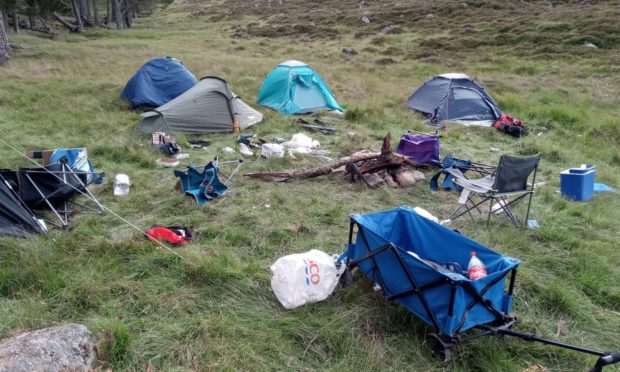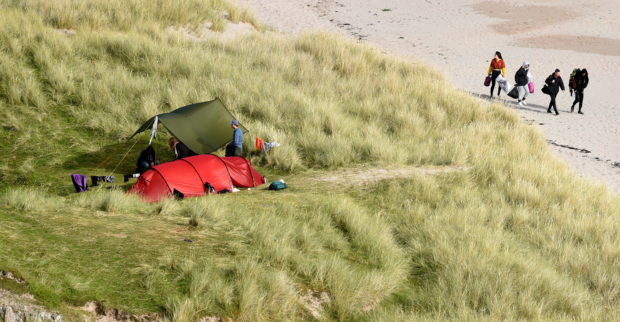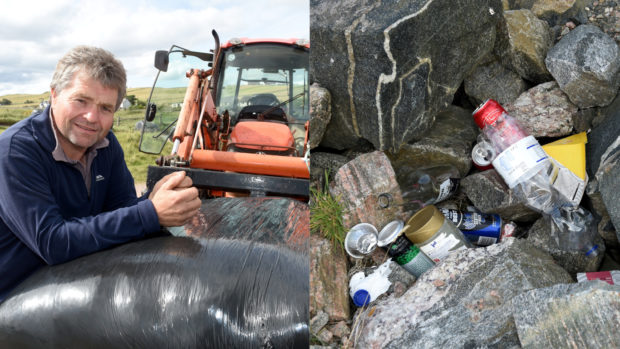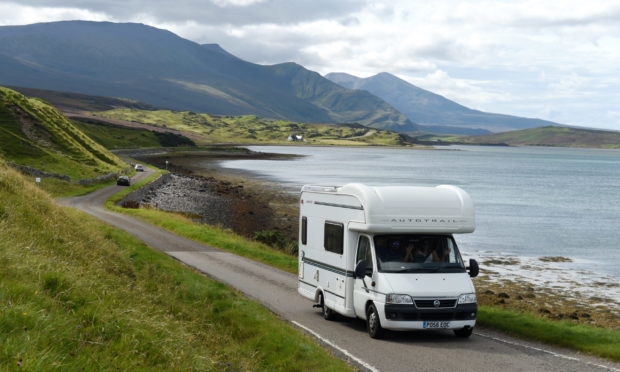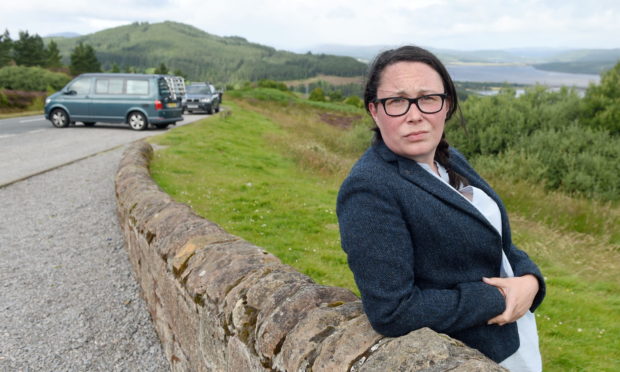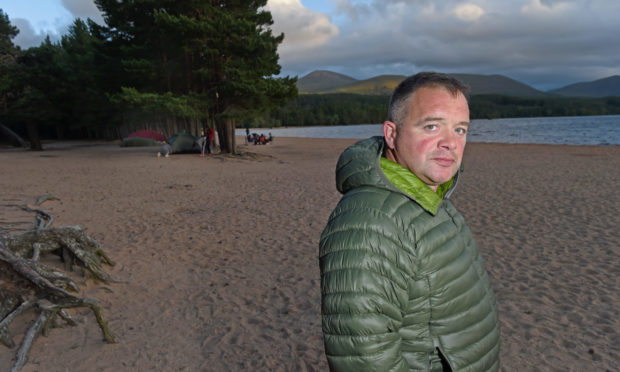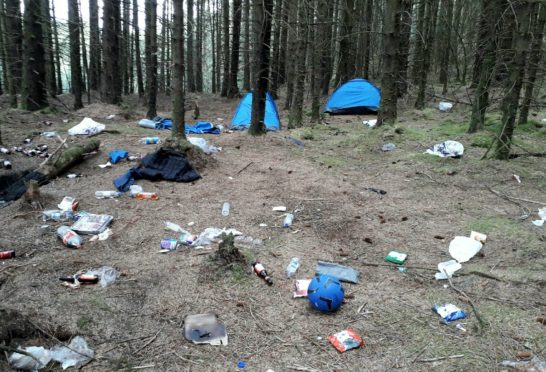New home-grown visitors to Scottish beauty spots are being targeted with online messages to help stamp out irresponsible behaviour that is blighting communities.
Concerns have been raised in numerous areas about dirty camping and ‘over tourism’ causing problems including litter and human waste pollution, parking issues and damage from barbeques and campfires.
The problem got worse this year in some places as lockdown eased and more people took staycations, many going wild camping for the first time.
VisitScotland said it is working with a number of partners to educate and inform visitors to discourage antisocial and irresponsible behaviour.
The campaign includes using social media and working with ‘influencers’ to reach the new wave of tourists. It is also avoiding over-promotion of areas affected by high numbers of visitors.
Chris Taylor, VisitScotland’s regional leadership director for the Highlands, said many areas have welcomed the return of visitors: “However, there are obviously a number of places across the Highlands where there are acute pressures being witnessed and some of the behaviour we’ve seen is frankly appalling. That needs to be addressed.
“In some ways it is nothing new, but its more acute now because tourism was effectively in lockdown from mid-March to mid-July and people were not getting out, so some locations got a summer’s worth of visitors crammed into a relatively short time frame.
“What we are seeing now is a particular set of circumstances, and we have Covid-19 on top of that, so communities are understandably anxious about visitors potentially doing things that can help the virus spread.”
Mr Taylor said public awareness messages include reminders to take litter home, leave no trace, following the Scottish Outdoor Access Code and how to drive on single track roads.
He said there will not be ‘overnight’ solutions to infrastructure needs, but said previous overcrowding issues had been tackled in areas including Skye.
“There is good engagement with communities and the public sector and government are well sighted on the issues and there is a lot of dialogue about what the solutions may be.
“I hope we use this time between where we are at the moment and the start of next season to get a plan in place for infrastructure across the region.”
This week the Scottish Tourism Action Group (Stag) called for a national programme of action to tackle over tourism issues.
